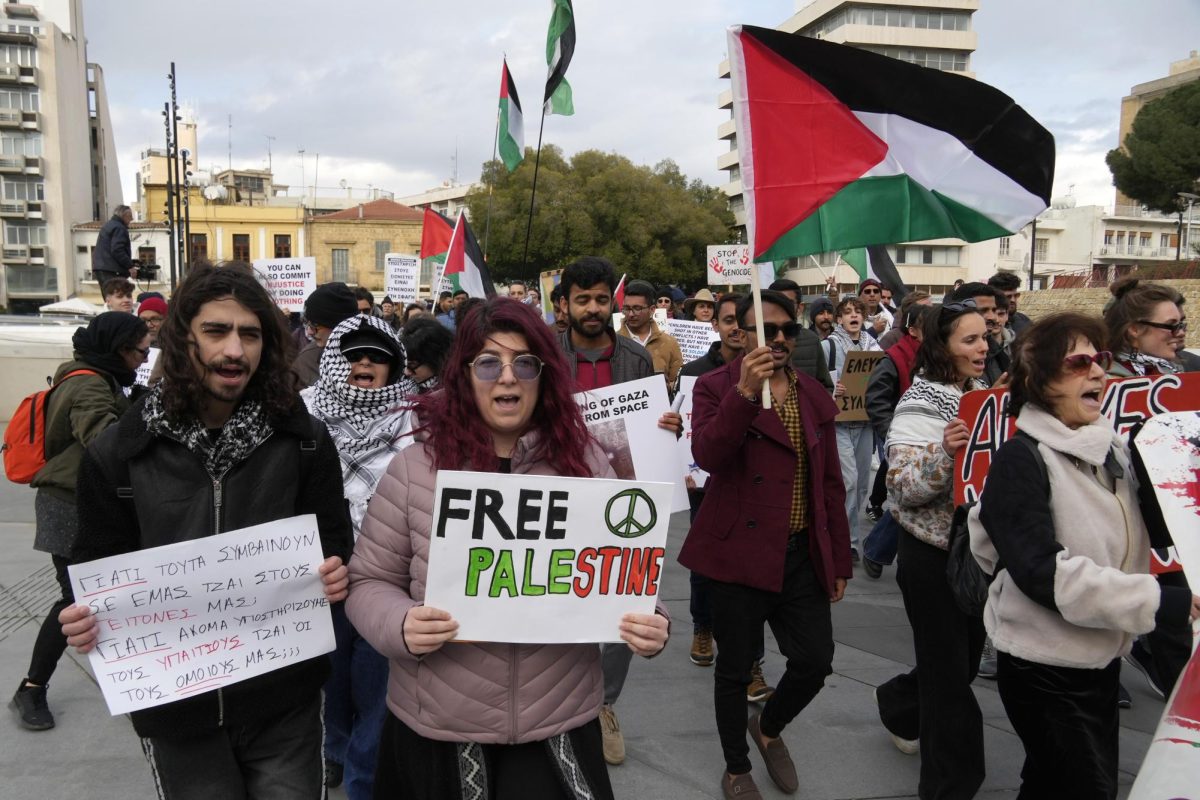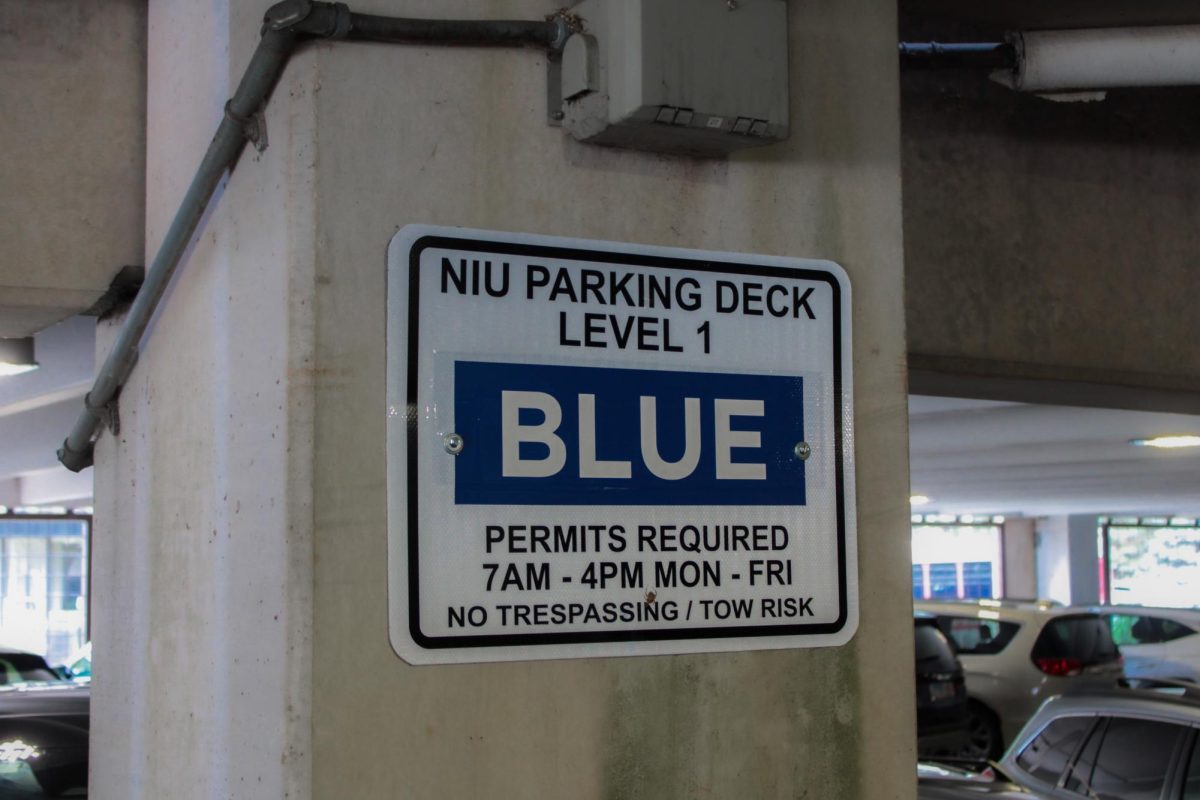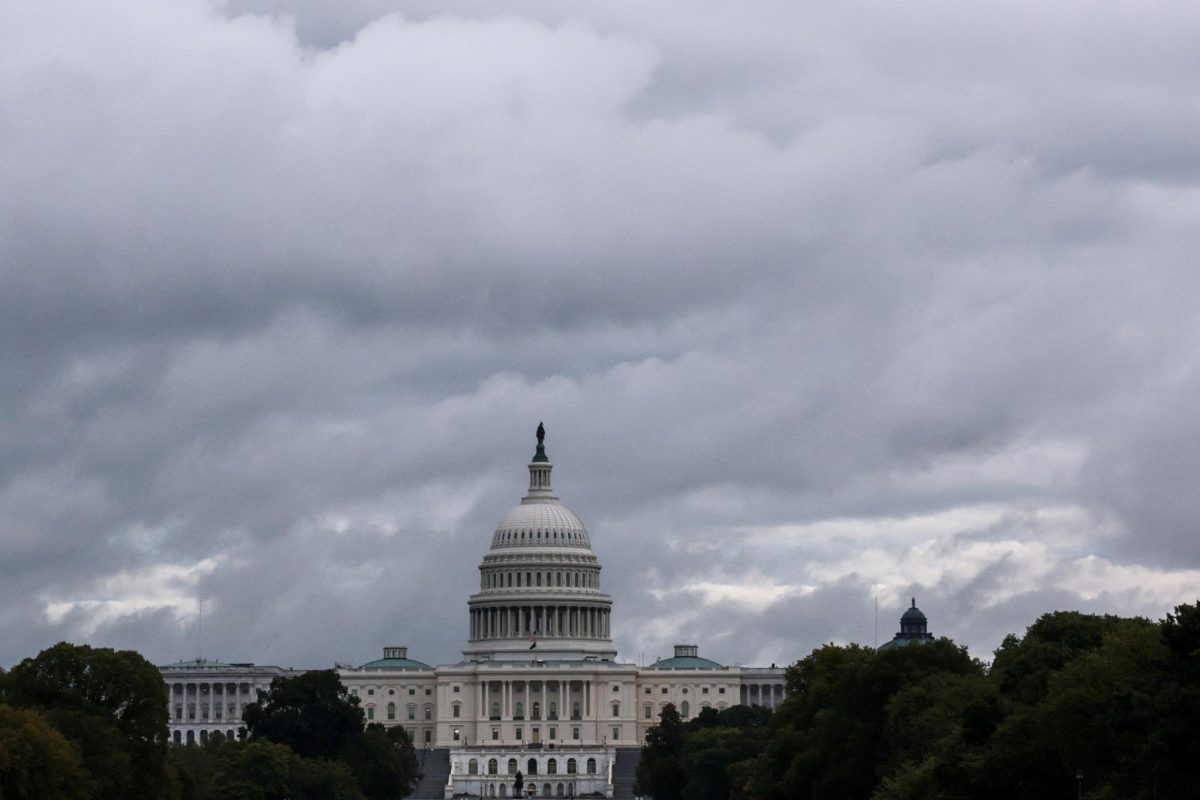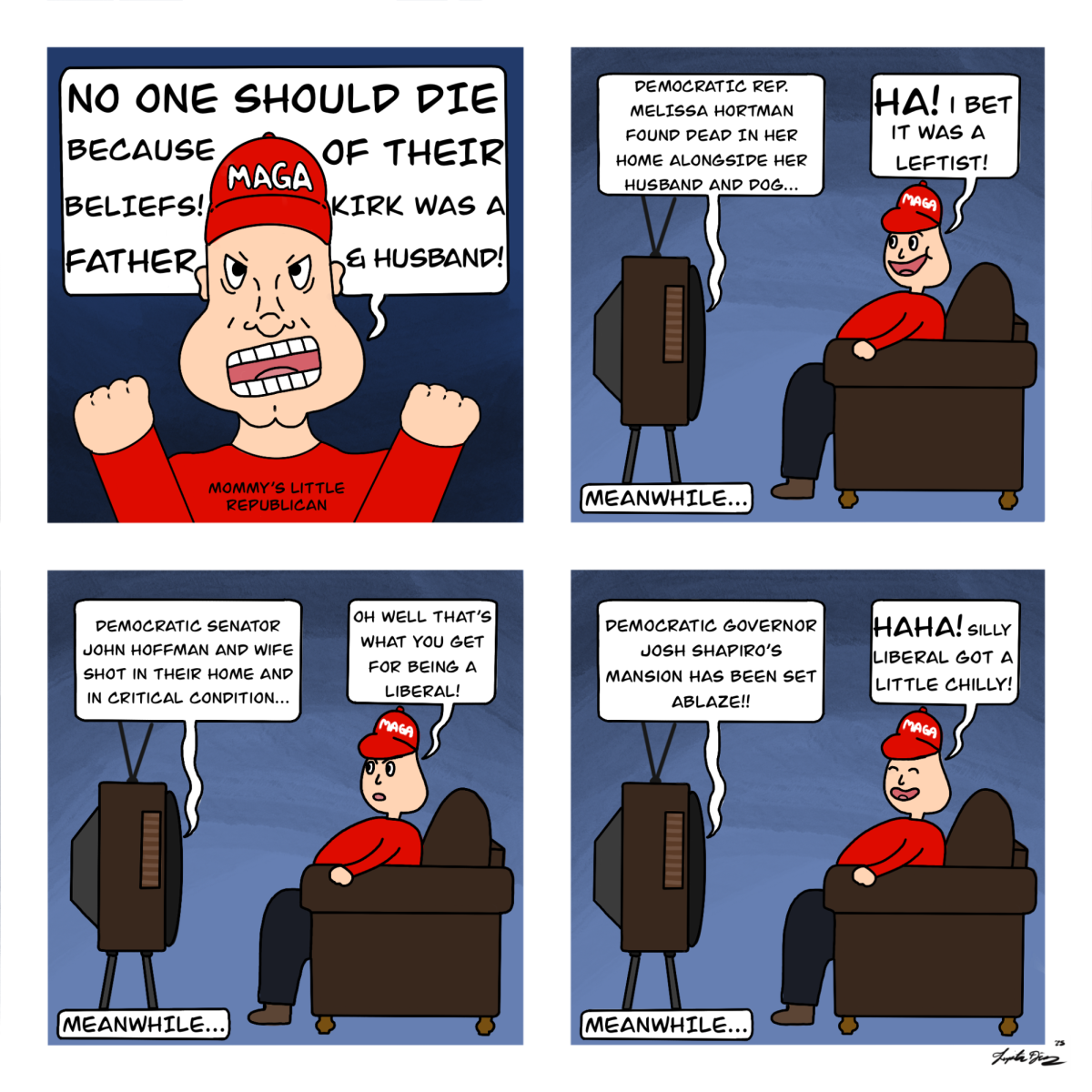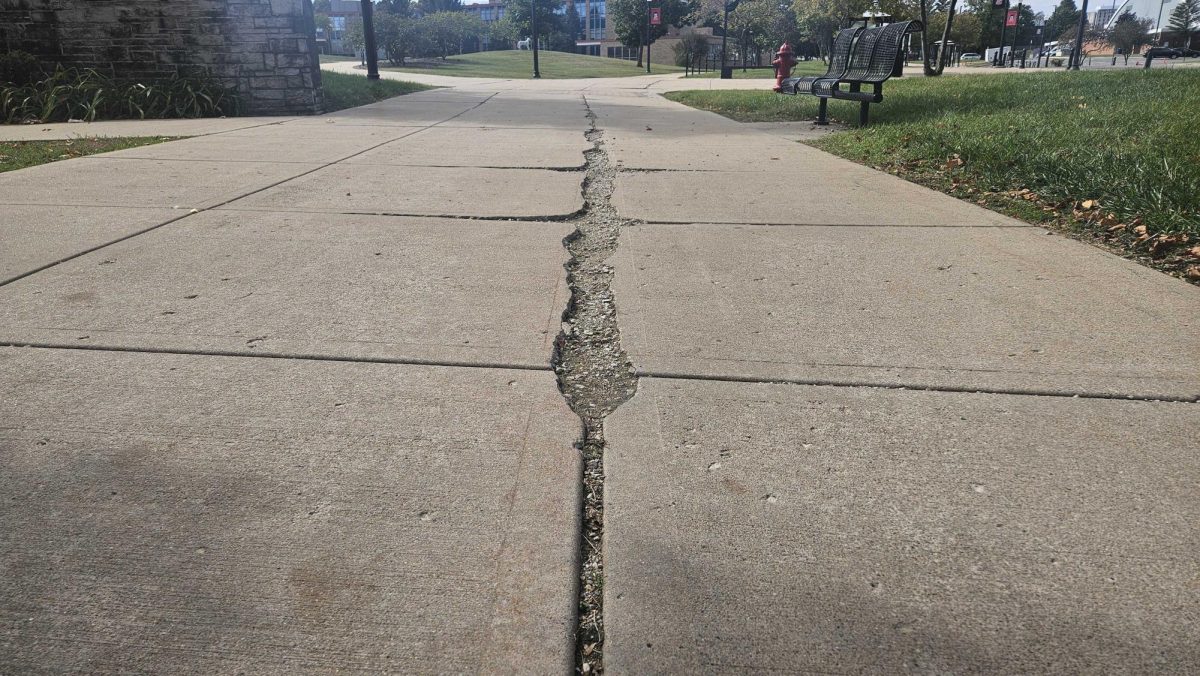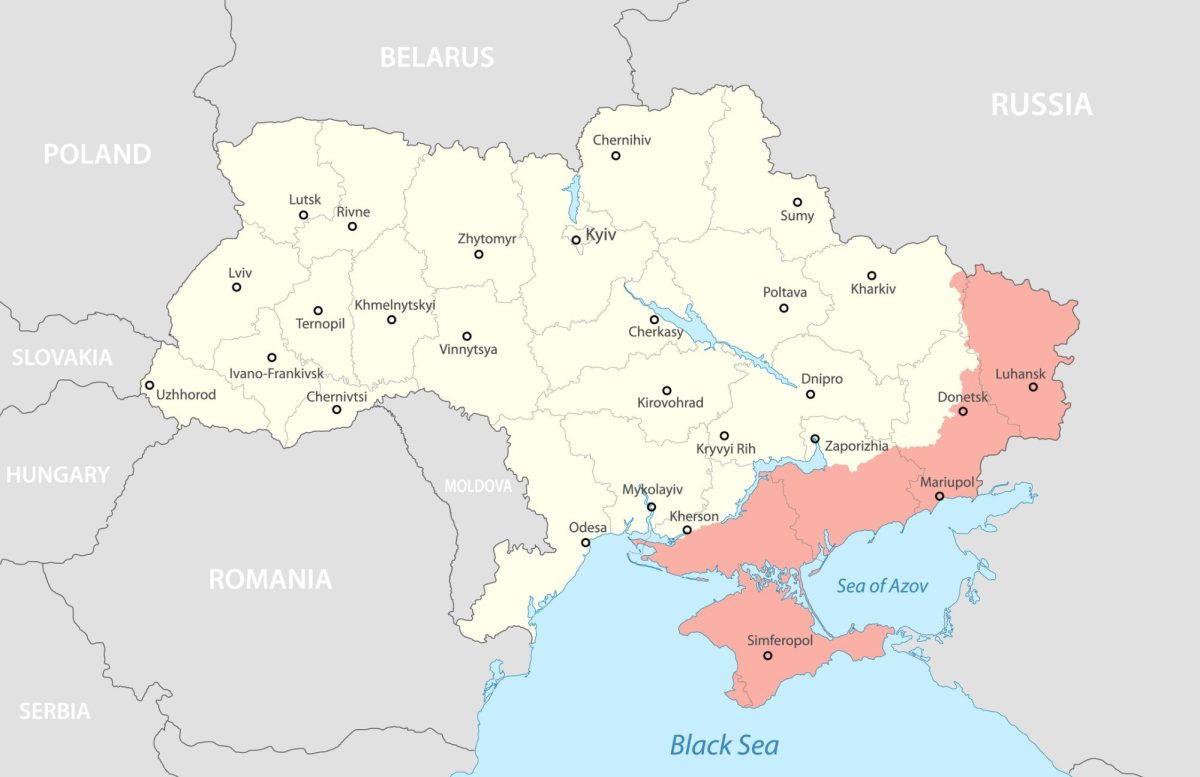After almost two years of war, Israel and Hamas have signed a hostage release-ceasefire deal on Jan. 17. However, there are multiple reasons to believe that this agreement is only a fragile pause that both sides will take to make a strategic rearrangement, both politically and militarily, in preparation for the continuation of the war.
We must acknowledge the fact that both sides are quite far from their initial objectives set on Oct. 7, 2023: Hamas, not only is far from destroying Israel and establishing a Palestinian state throughout the region, but also is now a mortally wounded animal, with virtually no political or military leadership.
In addition, with the outcome of the Syrian Civil War and the extraordinary 11-day Hayat Tahrir al-Sham’s campaign to culminate 14 years of confrontation against the government forces of Bashar al-Assad, Hamas has been cut off from any ground aid that could be provided by Iran or Russia, which accounted for the bulk of their income.
Israel, for its part, devoted a large part of its military resources to the destruction of Hamas, except the political capital required for the country to support the offensive. However, after two years, Hamas continues to exist in Gaza, regardless of whether the Israeli tactics become aggressive or bombard Gaza.
They may have been severely beaten, but several cells of the group still survive, strong enough to organize among themselves. On the other hand, the Israeli people have seen that the military solution was not the best way to release the hostages. As hostage rescue operations became a bloodbath for both sides, Israel had to put aside these operations.
Knowing that neither side has capitalized on the war, but that they only have more dead on each side, it is not difficult to imagine that the war could have a continuation soon. On the other hand, we know that President Donald Trump has every intention of supporting Israel in a military offensive and occupation of Gaza, which could only be given after a definitive defeat of Hamas.
“I think it’s, there’s a potential for a long-term pause, right?” said Ches Thurber, a professor in the political science department. “That it’s not like things could break down and work and start again next week, but I think the idea behind the ceasefire agreement is that that’s not in the interest of either Israel or Hamas that they want an indefinite ceasefire, but they have different visions as to exactly what that ceasefire is going to look like.”
As both sides (Israel and Hamas) throw out proposals for a definitive solution to the Palestinian conflict, things seem not to improve, and in reality, this is only a smokescreen for both sides to adjust tactics and strategies and gather resources for a second round. However, a continuation of this war could be fatal for the few remaining in Gaza and those displaced.
At this point, despite the fact that several Arab countries want to help in the reconstruction of the Gaza strip, 69% of the buildings are destroyed, according to France 24. The population is either displaced or lives directly in the ruins.
Trump, on the other hand, is seeking by any means to seize Gaza and put it under U.S. administrative control, contradicting his policy of not pulling the army outside the country’s borders in international conflicts and putting “America first.” There is now a proposal to move all Palestinians to other countries and to make Gaza a tourist beach.
“Trump proposes the idea that U.S. will take responsibility from Gaza, will take it over, clear it out, demand that all the Palestinians there leave and rebuild Gaza in a way that his words, and you can probably find the exact quotes, make it really nice, beautiful hotels. It’s going to be a new beautiful place,” Thurber said.
Now, two million displaced Gazaouites are not synonymous with a solution to the conflict or the problems between Arabs and Israelis. The historical precedent is set in the second civil war in Lebanon. But before that, we must talk about the Palestine Liberation Organization.
The PLO is a political organization that has committed terrorist acts and generally fought against those who have opposed them. It was founded by Yasir Arafat for the purpose of regaining Palestine for the Palestinians. However, due to the Arab defeats in the wars against Israel in the second half of the 20th century, the Palestinians were forced to flee to several Arab countries. The Palestinians first fled to Jordan but were driven out by King Hussein’s forces when he began to suspect that the Palestinians were planning to create a Palestinian state on Jordanian borders.
From Jordan, the Palestinians fled to Syria, which helped the Palestinians against Jordan by sending columns of tanks, which were destroyed by Jordanian aviation. After that, the Palestinians moved to Lebanon, which was then called the Middle East Switzerland because it was the banking headquarters of several countries in the region.
The increase in the Muslim population due to Palestinian migration has created an imbalance in the fragile religious balance between Christians, Sunnis and Shiites in Lebanon. In addition to that, the PLO from Lebanon organized the attacks on Munich in 1972. The PLO ended up in a conflict against Lebanese Christians along with other Muslim groups, which started the Lebanese Civil War.
Israel used the excuse of the assassination of the Israeli ambassador in London to trigger an invasion of Lebanon from the south. This forced the PLO to flee to Tunisia in North Africa. Lebanon was partially destroyed and went from being the richest country in the Middle East to a failed state. In turn, the remaining Palestinians were radicalized by Iran and converted into a terrorist organization, which we know as Hezbollah.
As we can see, the displacement of hundreds of thousands of people from one country to another only brought imbalance and conflict. And so with this, there are several examples of forced migrations that bring chaos, not because of people, but because of the political nature of these migrations. Therefore, Trump’s solution is not only an impossible utopia to realize, it is counterproductive and dangerous.
Despite our hopes, the chances of finding a solution to the Arab-Israeli conflict are slim, and it is more likely that we will soon see Israeli tanks and Palestinian rockets in action again.


